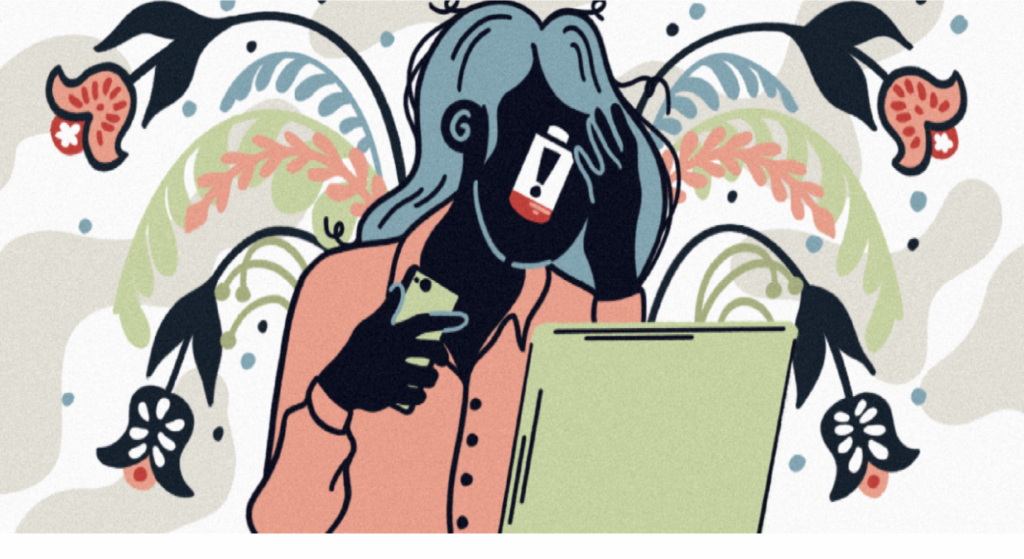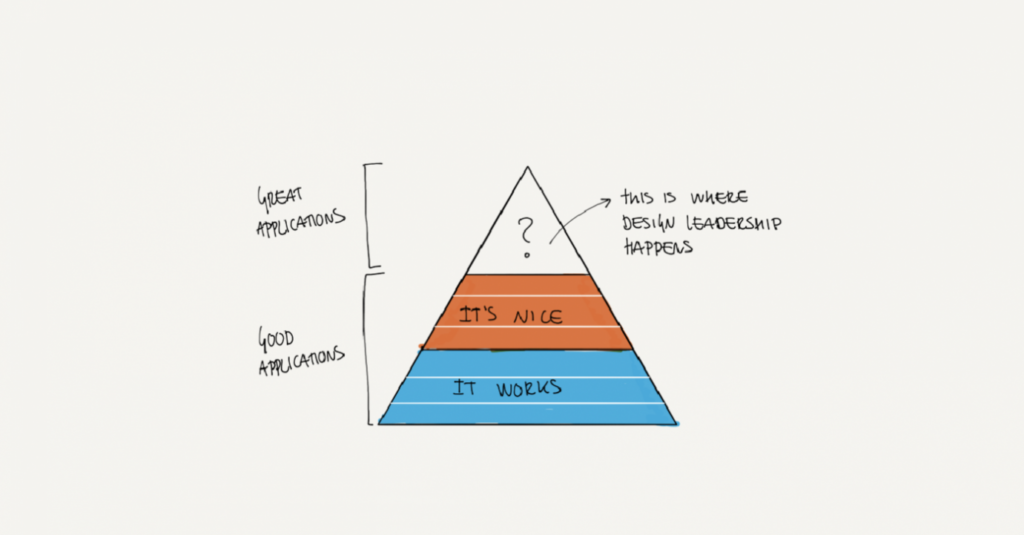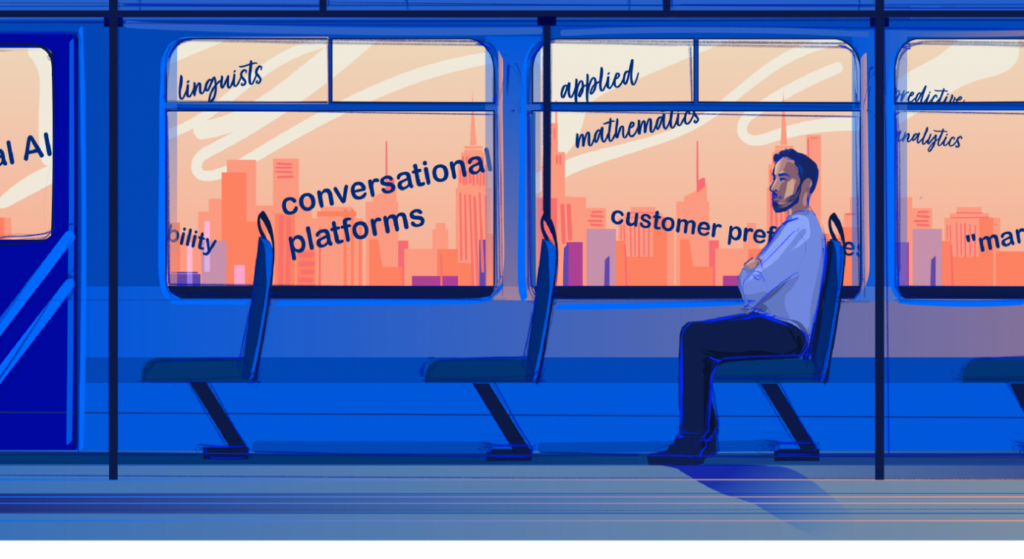- Behavioral Science, Business UX Leaders, Business Value and ROI, Design, Empathy, Employee Experience
Article by Nikki Anderson
Share:Dealing with Burnout as a User Researcher
Share this link
- June 29, 2021
7 min read


We stand with Ukraine and our team members from Ukraine. Here are ways you can help
Get exclusive access to thought-provoking articles, bonus podcast content, and cutting-edge whitepapers. Become a member of the UX Magazine community today!

If you do a Google search on “UX pyramid”, you get lots and lots of UX pyramids – but they don’t all look the same
Idea in Brief If you do a Google search on “UX pyramid”, you get lots and lots of UX pyramids. If you take a closer look, you’ll see that most people agree about the bottom of the pyramid, but the top differs. What belongs at the top? At the top of Maslow’s hierarchy of needs, we find self-actualization: the desire to become the most that one can be. What is the most UX design can be?
Read the full article for more details on what might lie at the top of the UX Pyramid.

If there’s one thing I learned over five years in an AI leadership role with a Big 4 Consulting Firm, it’s that the popular view of Conversational AI misses the point.

As we careen into the era of conversational AI and hyperautomation, closed systems create bad experiences that stifle innovation and opportunity

Applying anthropomorphism in conversational AI works best with a light touch

During the current pandemic, some of the world’s biggest brands started online stores. But will the popularity of this purchasing model last as shops start to reopen?

Join the UX Magazine community!
Stay informed with exclusive content on the intersection of UX, AI agents, and agentic automation—essential reading for future-focused professionals.
Hello!
You're officially a member of the UX Magazine Community.
We're excited to have you with us!
Tell us a bit about yourself so we can provide you with personalized content.
Thank you!
To begin viewing member content, please verify your email.
